Naloxone and Opioid Overdose Prevention in Ohio
Discover how Naloxone combats opioid overdoses in Ohio. Dive into distribution strategies and community education efforts now!
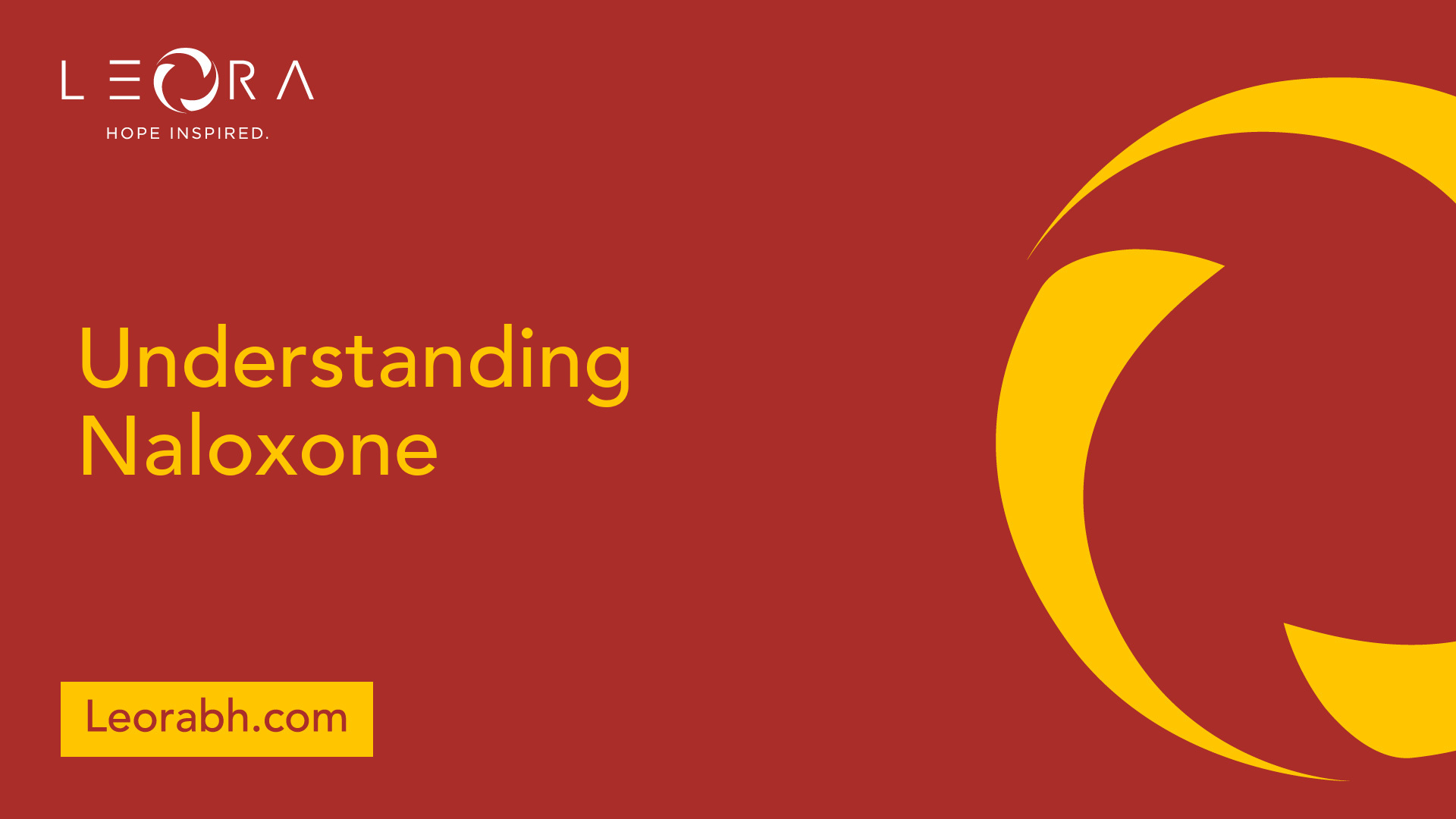
Understanding Naloxone
In the realm of addiction and mental health in Ohio, understanding the role of naloxone is paramount for combating opioid overdose. Naloxone is a critical medication that plays a vital role in preventing opioid-related fatalities. Let's delve into the function of naloxone and the different forms in which it is available.
Function of Naloxone
Naloxone acts as a lifesaving intervention in cases of opioid overdose. It works by rapidly binding to opioid receptors in the brain, effectively blocking the effects of opioids such as heroin, fentanyl, oxycodone, and morphine. By antagonizing these receptors, naloxone can reverse the dangerous respiratory depression induced by opioids, restoring normal breathing in individuals who may be experiencing slowed or stopped breathing due to an overdose.
It's important to note that while naloxone is highly effective in reversing the acute effects of an opioid overdose, it is not a treatment for opioid use disorder. This distinction underscores the importance of naloxone as an emergency response tool to prevent fatalities and provide individuals with a second chance at seeking addiction treatment and recovery.
Forms of Naloxone
Naloxone is available in two FDA-approved forms: injectable and prepackaged nasal spray. Both formulations are designed to deliver the appropriate dose of naloxone effectively, allowing for swift administration in emergency situations.
- Injectable Naloxone: This form is administered via injection, typically into a muscle such as the thigh or upper arm. Injectable naloxone is commonly used by healthcare professionals, first responders, and community members trained in overdose response.
- Nasal Spray Naloxone: The prepackaged nasal spray offers a user-friendly alternative for administering naloxone, especially in non-medical settings. The nasal spray is sprayed into one nostril and is absorbed through the nasal mucosa, providing a rapid response to opioid overdose scenarios.
Proper training on how to administer naloxone, understanding when to use it, reading product instructions thoroughly, and regularly checking expiration dates are crucial aspects of ensuring the successful deployment of naloxone in emergency overdose situations [1]. By equipping individuals with the knowledge and resources to utilize naloxone effectively, communities in Ohio can take significant strides towards preventing opioid-related deaths and promoting public health and safety.
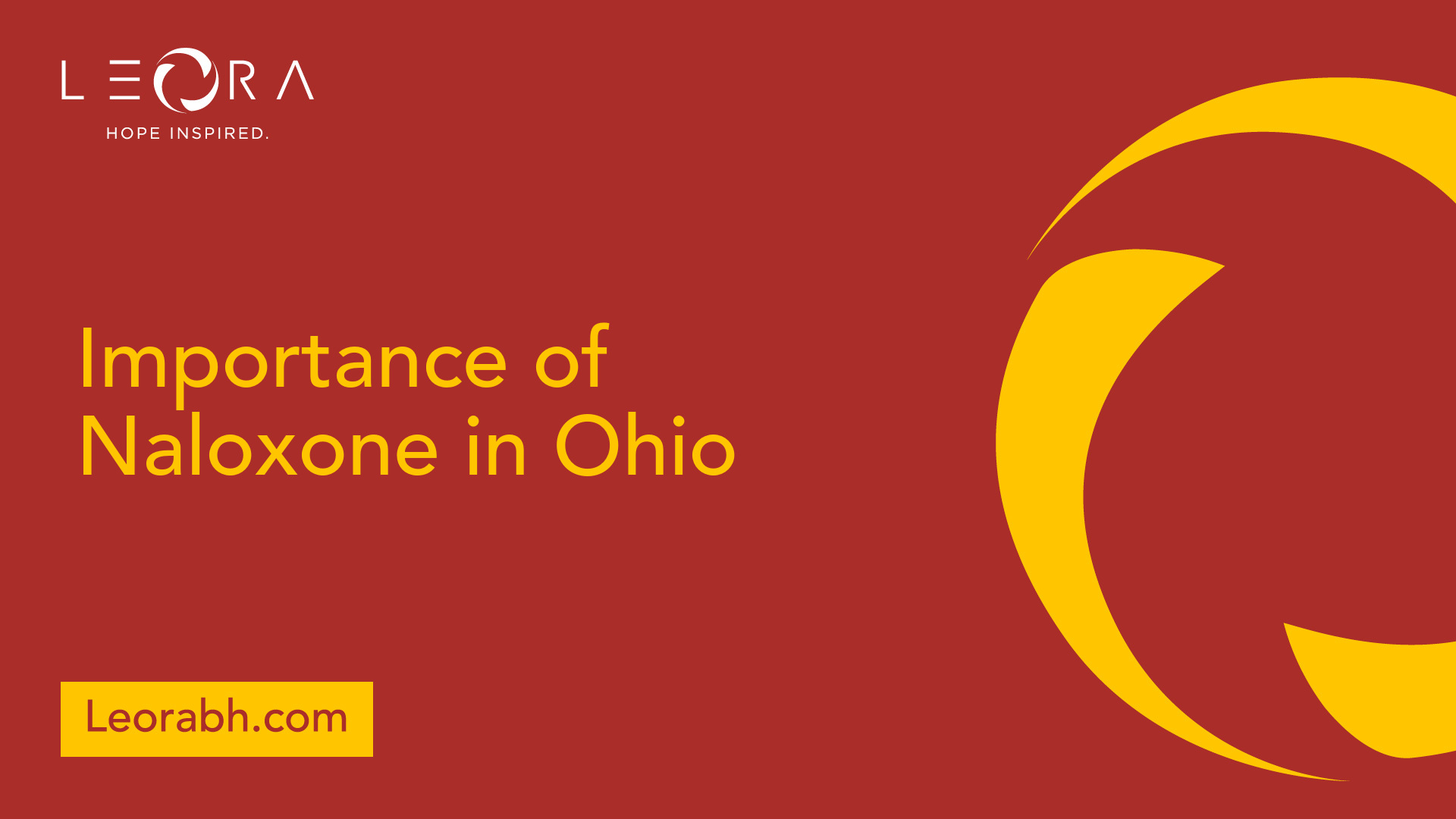
Importance of Naloxone in Ohio
Understanding the significance of naloxone in Ohio is crucial in combating the opioid crisis and preventing overdose-related fatalities. Let's delve into the overdose statistics in Ohio and the availability of naloxone within the state.
Overdose Statistics in Ohio
Ohio has been significantly impacted by the opioid epidemic, with devastating consequences reflected in the overdose statistics. From 2020 through 2023, twenty-thousand residents lost their lives to drug overdoses in Ohio. To address this concerning trend, organizations like Harm Reduction Ohio have taken proactive measures to provide naloxone, the overdose-reversing drug, at no charge to Ohio residents.
Availability of Naloxone in Ohio
In Ohio, accessibility to naloxone is a paramount aspect of overdose prevention efforts. Harm Reduction Ohio offers naloxone through its program, supported by federal State Opioid Response funds approved by Congress. This initiative aims to make naloxone readily available to individuals who may encounter situations where the reversal of an opioid overdose is necessary.
People in Ohio who may find themselves in a position to reverse an overdose, such as family members, friends, co-workers, neighbors, and service providers engaging with individuals at risk of drug overdose, are encouraged to carry naloxone. Given the prevalence of fentanyl overdoses in the state, having naloxone on hand can be a life-saving intervention.
To ensure swift responses to opioid overdose risks, individuals in Ohio have the option to order naloxone and fentanyl test strips online. Orders are processed promptly within 24 hours from the main office in Granville, facilitating the detection and mitigation of potential opioid overdose incidents.
Furthermore, Ohio has aligned with the national trend of implementing Naloxone Access Laws (NALs) to enhance access to naloxone across the state. These laws encompass provisions such as allowing non-patient-specific prescriptions, empowering pharmacists to prescribe naloxone, permitting third-party prescribing, and mandating co-prescribing for individuals at heightened risk of overdose.
By recognizing the overdose statistics in Ohio and the proactive strategies in place to make naloxone widely available, the state is taking significant steps to address the opioid crisis and safeguard its residents from the tragic consequences of opioid overdoses.
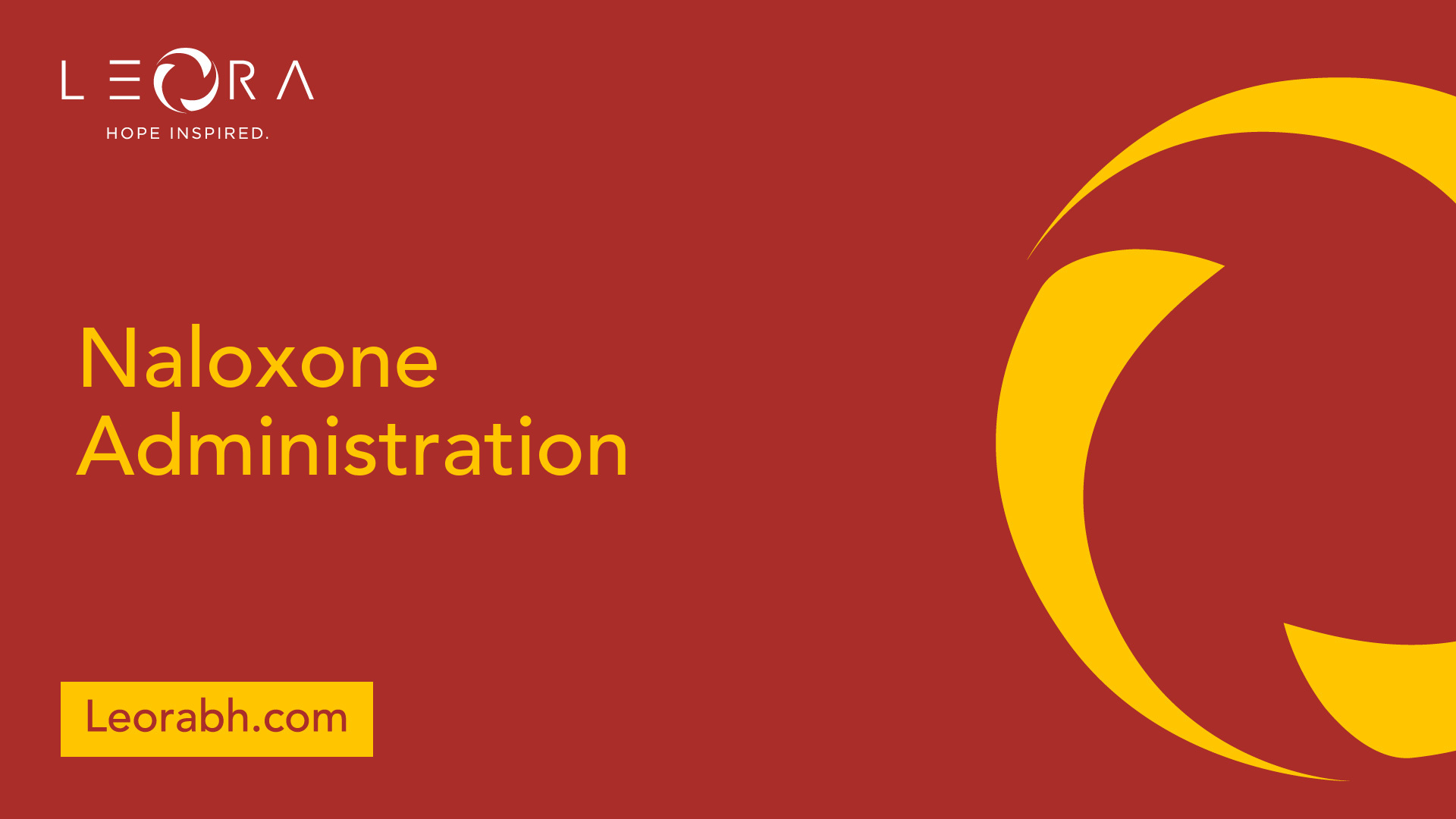
Naloxone Administration
In the realm of naloxone and opioid overdose prevention in Ohio, understanding how to properly administer naloxone is paramount. This section covers the essential aspects of training on naloxone use and the practice of co-prescribing naloxone with prescription opioids.
Training on Naloxone Use
Naloxone is a medication that acts rapidly to reverse the effects of an opioid overdose by attaching to opioid receptors and blocking the impact of opioids like heroin, fentanyl, oxycodone, and morphine. It plays a vital role in restoring normal breathing if it has been slowed or stopped due to an overdose. It is crucial to note that while naloxone can counteract an overdose, it is not a standalone treatment for opioid use disorder.
Proper training on how and when to administer naloxone is essential to ensure its effective use in emergency situations. Individuals who may encounter opioid overdose scenarios, such as family members, friends, and first responders, should be well-versed in naloxone administration. Reading product instructions carefully, understanding proper storage practices, and regularly checking expiration dates are essential components of naloxone training to enhance its life-saving potential [1].
Co-Prescribing Naloxone
Co-prescribing naloxone alongside prescription opioids has been recommended by the U.S. Centers for Disease Control and Prevention as a strategy to reduce the risk of opioid-related emergency room visits and prescription opioid-involved overdose deaths since 2016 [1].
By co-prescribing naloxone, healthcare providers aim to empower patients and their caregivers with the knowledge and tools necessary to respond effectively to an opioid overdose. This proactive approach not only addresses the immediate risk of overdose but also fosters a culture of preparedness and harm reduction within communities.
Ensuring the widespread availability of naloxone and promoting its co-prescription with opioid medications are critical steps in combatting the opioid crisis and preventing overdose-related fatalities. By integrating training on naloxone use and advocating for its co-prescription, Ohio can fortify its efforts in safeguarding individuals vulnerable to opioid overdose events.
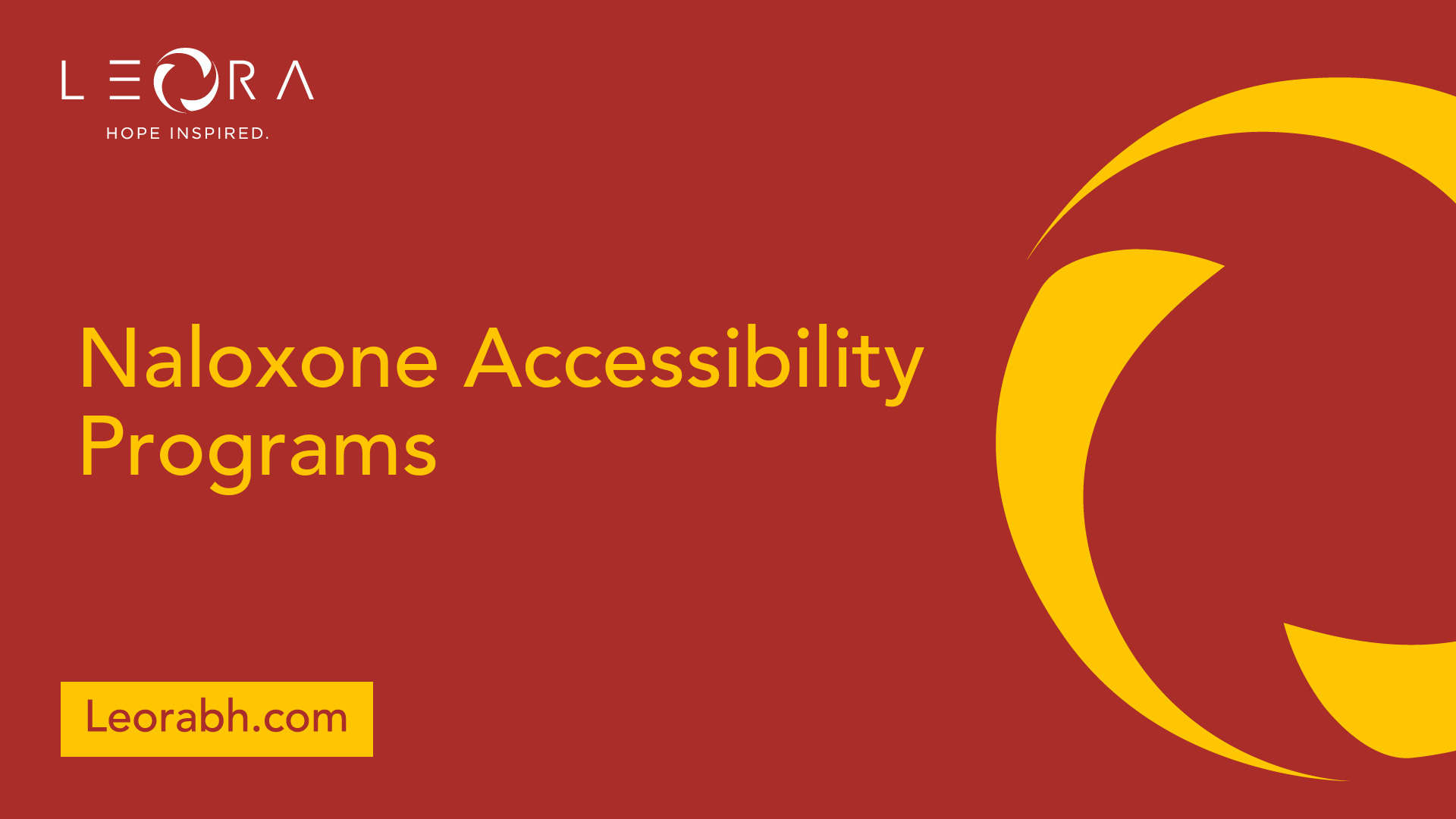
Naloxone Accessibility Programs
In Ohio, efforts to combat opioid overdoses and prevent fatalities have led to the establishment of crucial accessibility programs for naloxone. Harm Reduction Ohio has spearheaded initiatives in the state to provide Ohio residents with access to naloxone, the life-saving opioid overdose reversal drug, at no charge [2]. These initiatives aim to empower individuals to intervene during opioid overdose emergencies and save lives.
Harm Reduction Ohio Initiatives
Harm Reduction Ohio's naloxone distribution programs emphasize the importance of carrying naloxone among individuals who are in a position to reverse an overdose. This emphasis is particularly significant in Ohio due to the prevalent risk of fentanyl overdose. By increasing the availability of naloxone through these initiatives, Harm Reduction Ohio plays a vital role in preventing opioid-related deaths in the state.
Naloxone Ordering Options
In Ohio, individuals have the opportunity to order naloxone and fentanyl test strips online for prompt delivery within 24 hours. This rapid access to naloxone and test strips is essential for detecting and responding to opioid overdose risks swiftly, particularly in emergency situations. By facilitating easy online ordering and quick delivery, Harm Reduction Ohio ensures that individuals have the necessary tools to address opioid-related emergencies effectively.
These initiatives reflect the commitment of organizations like Harm Reduction Ohio to expand access to naloxone and enhance opioid overdose prevention efforts in Ohio. By providing individuals with the resources they need to respond to overdose emergencies, these programs play a crucial role in saving lives and reducing the impact of opioid misuse and addiction in the state.
For a comprehensive overview of the impact of naloxone distribution and community opioid education programs in reducing opioid-related mortality, consider exploring the findings outlined in studies such as those by the PMC. These programs, including Community Opioid Education and Naloxone Distribution (OEND) initiatives, have been instrumental in equipping individuals at risk with naloxone rescue kits, often at no cost, to prevent opioid-related fatalities.
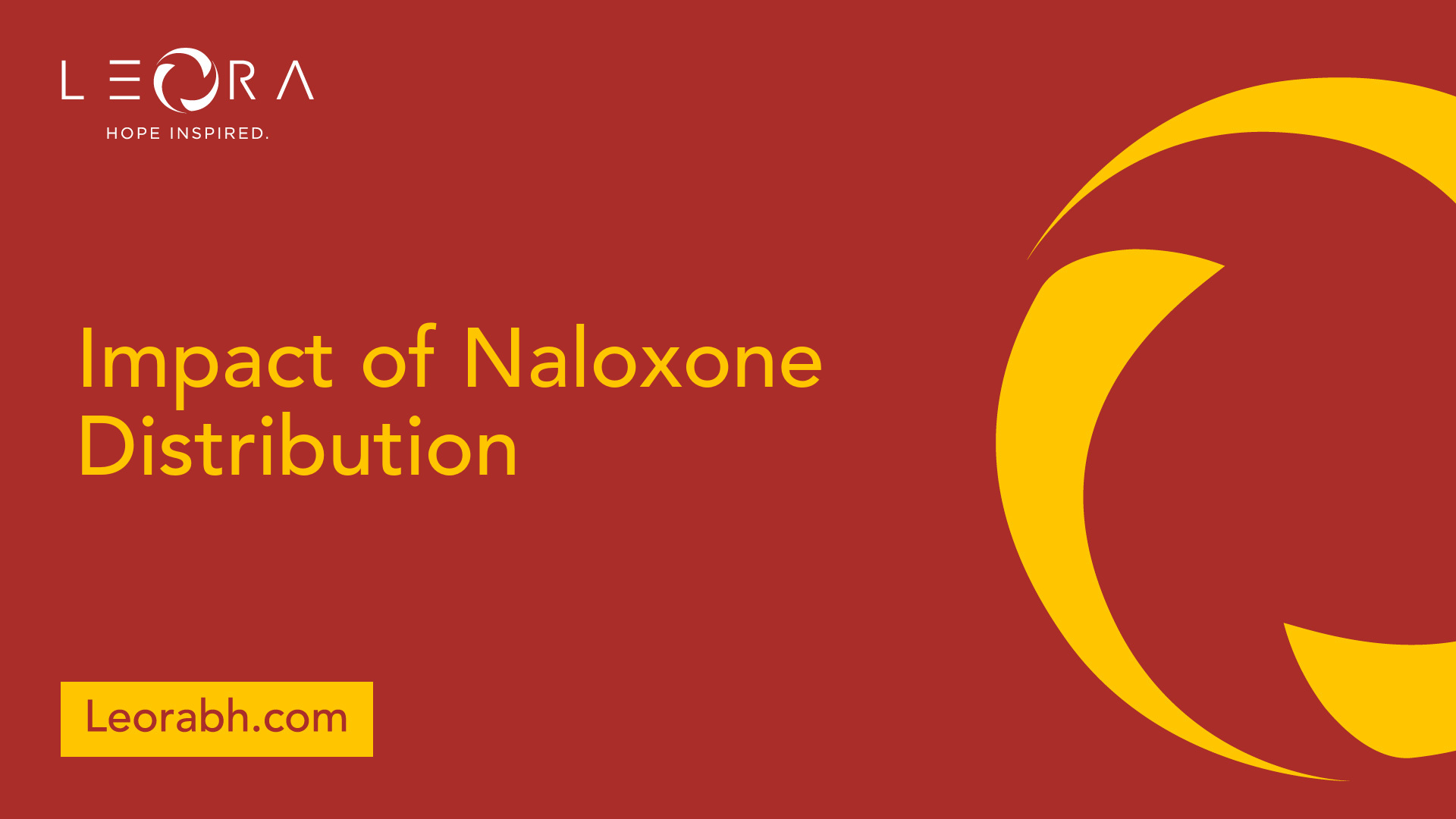
Impact of Naloxone Distribution
The distribution of naloxone plays a crucial role in combating opioid-related mortality by providing timely intervention in cases of overdoses. However, there are challenges related to state distribution and laws governing naloxone access that impact its effectiveness.
State Distribution Challenges
Recent studies have highlighted that state distribution rates of naloxone in Ohio, as well as in Kentucky, Massachusetts, and New York, are insufficient to meet community needs. This shortage poses a significant barrier to ensuring that naloxone is readily available in communities where opioid overdoses are prevalent. Without adequate distribution channels and resources, individuals and communities may not have access to this life-saving medication when needed the most.
A modeling study conducted in 2021 across the United States revealed that nearly every state, including Ohio, was under-saturated with naloxone. The study recommended that naloxone should be available at least 80% of witnessed overdoses to effectively mitigate opioid-related mortality [3]. Addressing these distribution challenges is essential for improving naloxone accessibility and ensuring timely responses to opioid overdoses in Ohio.
Naloxone Access Laws
To facilitate widespread access to naloxone, all 50 states, including Ohio, had implemented Naloxone Access Laws (NALs) by 2017. The rapid adoption of these laws began in 2013 and they have been instrumental in expanding naloxone availability across the country.
NALs encompass various provisions aimed at enhancing naloxone accessibility, such as:
- Allowing non-patient-specific prescriptions through standing or protocol orders.
- Granting prescriptive authority to pharmacists to dispense naloxone without an individual prescription.
- Permitting third-party prescribing, wherein individuals can obtain naloxone for others who may be at risk of an overdose.
- Mandating co-prescribing of naloxone to individuals at high risk for overdose.
These legal measures are designed to remove barriers to naloxone acquisition, enabling healthcare providers, pharmacists, and community organizations to distribute naloxone more easily and ensure that it reaches those who may need it during opioid-related emergencies.
By addressing state distribution challenges and strengthening naloxone access laws, Ohio can enhance its response to opioid overdoses and further contribute to the prevention of opioid-related mortality in the state. Efforts to improve naloxone distribution infrastructure and promote community education on naloxone administration are essential components in the fight against opioid overdoses and their devastating impacts on individuals and communities in Ohio.
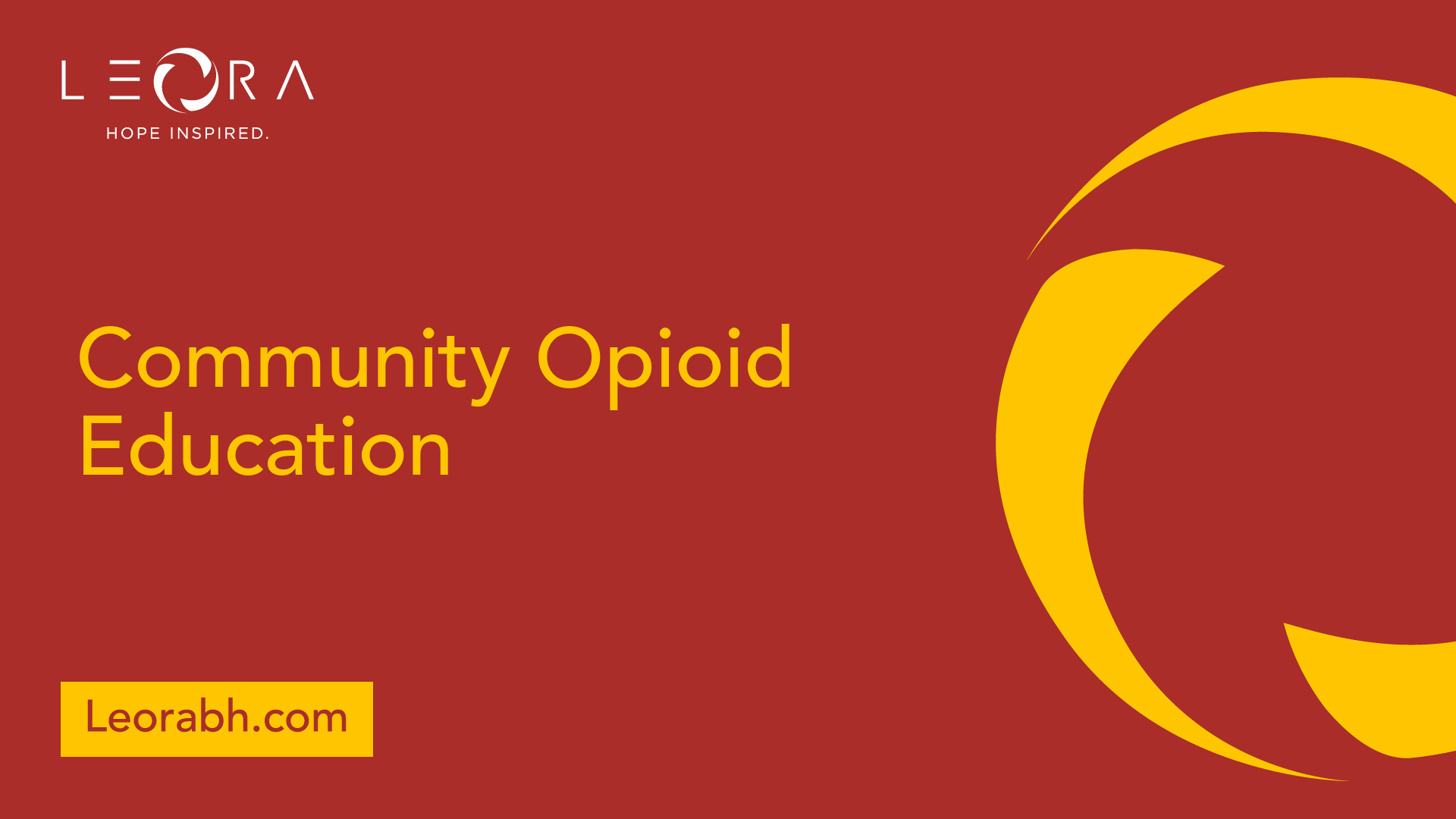
Community Opioid Education
Community opioid education plays a vital role in combating the opioid crisis, especially in states like Ohio. Among the various educational initiatives, Opioid Overdose Education and Naloxone Distribution (OEND) programs stand out as effective interventions in reducing opioid-related mortality. These programs aim to equip individuals at risk, family members, friends, and bystanders with naloxone rescue kits, typically at no cost, to provide immediate aid during opioid overdoses.
OEND Programs
OEND programs are instrumental in ensuring that naloxone, a life-saving medication that can reverse opioid overdoses, is readily available within the community. By providing education on how to recognize an overdose and administer naloxone, OEND programs empower individuals to intervene effectively in emergency situations. These programs have been successful in saving lives and reducing the impact of opioid overdoses, making them a crucial component of comprehensive opioid harm reduction strategies.
State Policies on Naloxone Access
In states like Kentucky, Massachusetts, New York, and Ohio, policymakers have recognized the significance of naloxone accessibility in combating the opioid epidemic. To ensure broader access to naloxone, these states have implemented various policies, including Naloxone Access Laws (NALs), Medicaid coverage for naloxone, and initiatives for community overdose education and naloxone distribution infrastructure.
All 50 states in the United States had adopted Naloxone Access Laws (NALs) by 2017, with provisions that facilitate non-patient-specific prescriptions, empower pharmacists to prescribe naloxone, allow third-party prescribing, and mandate co-prescribing to individuals at high risk for overdose. These policies play a crucial role in expanding naloxone access and empowering communities to respond effectively to opioid-related emergencies.
The combination of OEND programs and state policies on naloxone access demonstrates a multifaceted approach to addressing the opioid crisis. By focusing on community education and ensuring widespread naloxone availability, states like Ohio are taking proactive steps to save lives and prevent opioid-related harm.
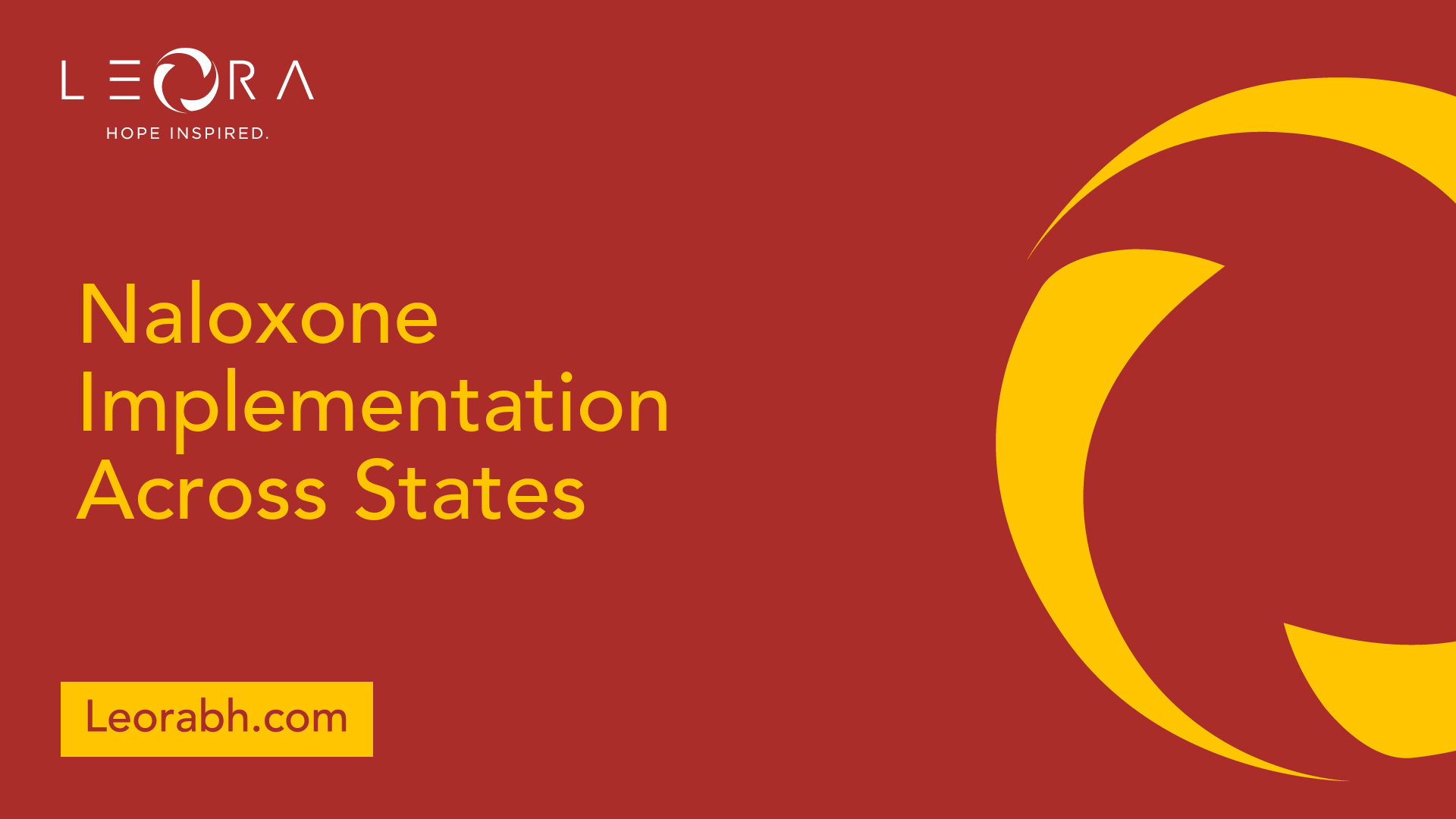
Naloxone Implementation Across States
An integral component of combating opioid overdoses is the implementation of naloxone programs across states, including Kentucky, New York, and other regions. These programs aim to increase access to naloxone, a life-saving medication in opioid overdose emergencies.
Naloxone Access in Kentucky
Kentucky has taken significant steps to enhance naloxone access within the state. Naloxone Access Laws (NALs) have been instrumental in facilitating broader distribution and availability of naloxone. By 2017, all 50 states, including Kentucky, had implemented NALs to address the opioid crisis. These laws allow for non-patient-specific prescriptions through standing or protocol orders, grant prescriptive authority to pharmacists, permit third-party prescribing, and advocate for mandatory co-prescribing to individuals at high risk for overdose.
In addition to NALs, Medicaid coverage in Kentucky plays a crucial role in ensuring that individuals have access to naloxone without financial barriers. Community-based initiatives and overdose education programs have been pivotal in educating the public on the signs of opioid overdose and the administration of naloxone. These combined efforts have significantly contributed to the accessibility and distribution of naloxone in Kentucky, saving lives and reducing the impact of opioid-related fatalities.
Naloxone Access in New York
Similar to Kentucky, New York has prioritized naloxone access to combat opioid overdoses within the state. NALs have played a key role in facilitating the availability of naloxone through various mechanisms, such as allowing non-patient-specific prescriptions, granting prescriptive authority to pharmacists, and advocating for mandatory co-prescribing to at-risk individuals. By implementing these laws, New York has established a framework that supports the widespread distribution of naloxone and empowers communities to respond effectively to opioid emergencies.
Moreover, Medicaid coverage in New York ensures that naloxone is accessible to individuals across different socioeconomic backgrounds, further strengthening the state's efforts in preventing opioid-related fatalities. Community overdose education programs and naloxone distribution infrastructure have been vital in equipping individuals with the knowledge and resources needed to intervene in overdose situations promptly. Through these comprehensive strategies, New York continues to make significant strides in naloxone implementation and overdose prevention, safeguarding the well-being of its residents.
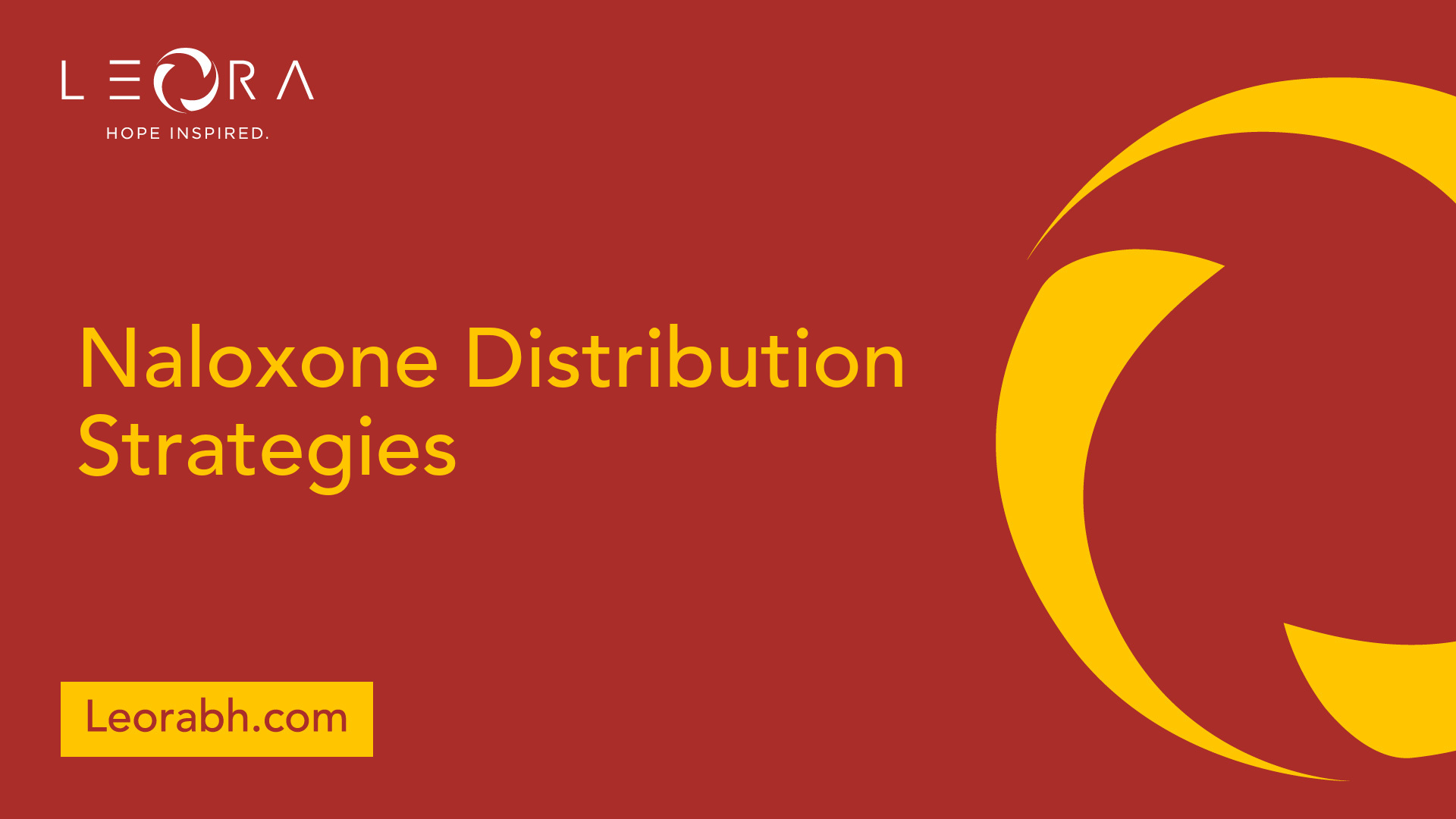
Naloxone Distribution Strategies
Throughout the United States, including states like Kentucky, Massachusetts, New York, and Ohio, various naloxone distribution strategies have been implemented to combat opioid overdose situations and ensure wide accessibility to naloxone.
Medicaid Coverage
To address the urgent need for naloxone access, states have taken comprehensive measures to include naloxone in their Medicaid coverage. This initiative aims to make naloxone more affordable and accessible to individuals at risk of opioid overdose. Through Medicaid coverage, individuals can obtain naloxone at a reduced cost or sometimes even free of charge, depending on their insurance plan.
States like Kentucky, Massachusetts, New York, and Ohio have enacted policies to ensure that naloxone is covered by Medicaid, allowing more individuals to have access to this life-saving medication. These efforts contribute significantly to reducing opioid-related mortality rates and providing critical support to those in need of opioid overdose prevention tools.
Overdose Education Initiatives
In addition to expanding naloxone availability through Medicaid coverage, states have also implemented overdose education initiatives to increase awareness and knowledge about naloxone use. Community Opioid Education and Naloxone Distribution (OEND) programs have proven to be effective in reducing opioid-related mortality by equipping individuals at risk, family members, friends, and bystanders with naloxone rescue kits at little to no cost.
These programs play a crucial role in educating the community about the signs of opioid overdose, how to effectively administer naloxone, and the importance of seeking immediate medical assistance. By empowering individuals with the knowledge and resources to respond to opioid overdoses, these initiatives help save lives and promote a safer environment for those affected by opioid use disorder.
States like Kentucky, Massachusetts, New York, and Ohio have embraced a multifaceted approach to naloxone distribution, incorporating initiatives such as Naloxone Access Laws (NALs), Medicaid coverage, and community overdose education programs. These comprehensive strategies aim to address the opioid crisis systematically and ensure that naloxone is readily available to those who may encounter or experience an opioid overdose.
References
[1]: https://nida.nih.gov/publications/drugfacts/naloxone
Find Your Inner Light
Related Articles
Contact Us
Leora Behavioral Health offers a comprehensive addiction treatment programs to help you get your life back on track.
Our trained professionals will work with you to develop a personalized treatment plan that meets your unique needs. If you or someone you know is struggling with addiction, reach out to Leora Behavioral Health today.


.svg)





.svg)
.svg)
.svg)
.svg)